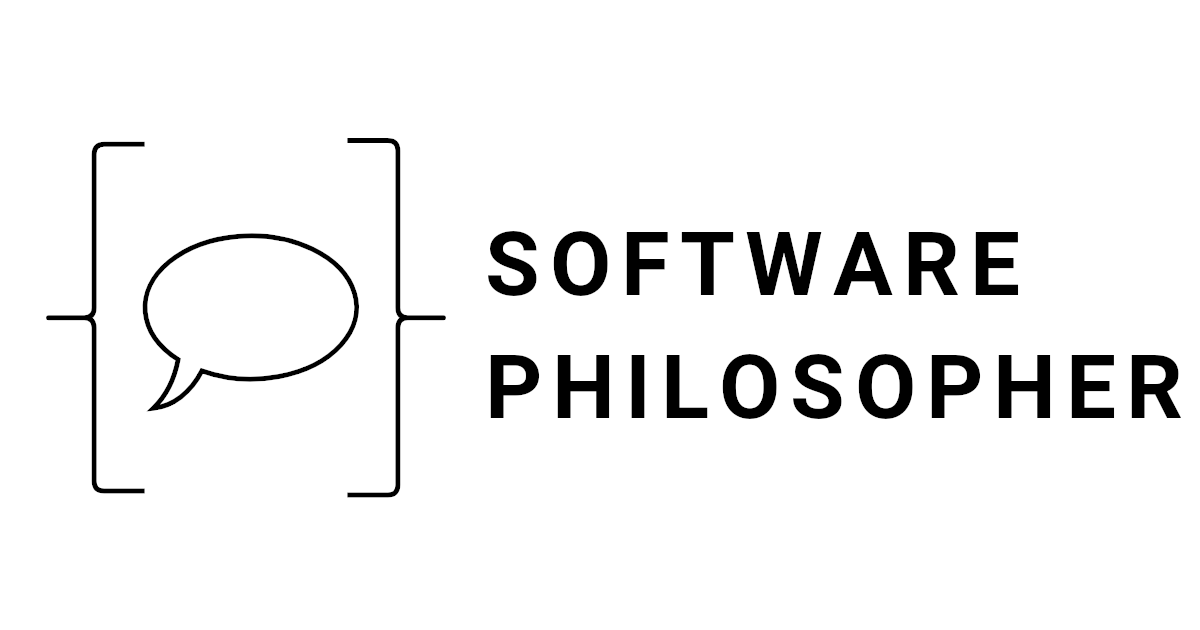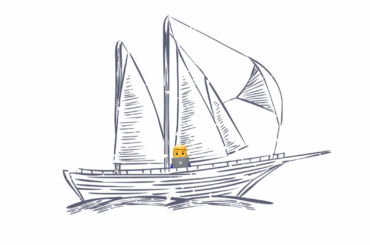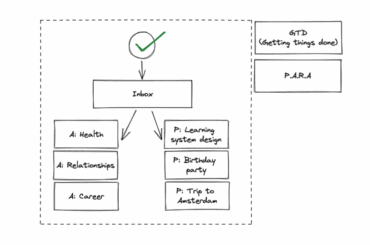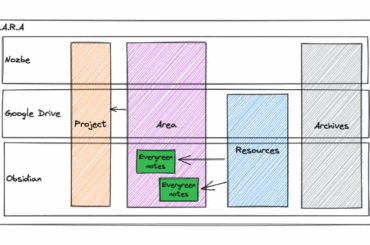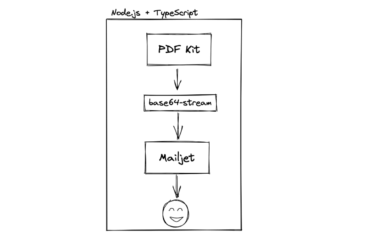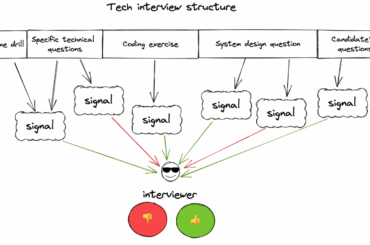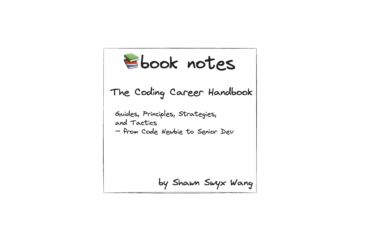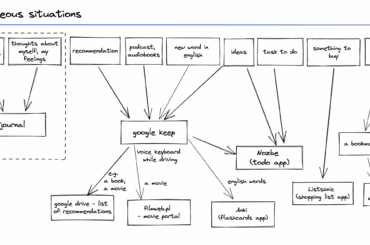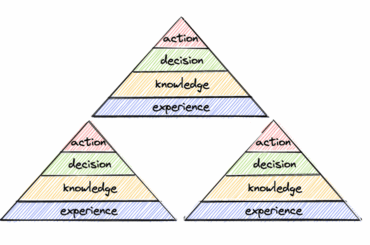It’s all about the story that we tell to ourselves that can drive us. I felt my work was not important and not valuable until I realized it actually was a part of something bigger.
You can read how I combine Nozbe todo app with P.A.R.A method to organize my digital assets while still following Getting Things Done (GTD) principles.
To stay organized with my notes and digital resources I created a structure inspired by P.A.R.A. method and a system of Evergreen notes.
Mailjet is an email delivery service. In this post I will show how we can use this platform to deliver…
Designing a tech interview for a software house has some challenges. Most notably we may not know the final client and their culture and technology stack. We’re also limited in time. Read how we can make the best out of it to be sure we’ve made a good decision hiring the candidate.
Inspired by the author’s main idea of “learning in public” I decided to do the same and publish my notes from this book
Collecting notes, useful resoures and ideas in an efficient way can be crucial if we want to learn effectively and create content. In the article I describe my way to do it.
Van Gogh said that “Great things are done by a series of small things brought together”. Same applies to engineering. We do small steps and learn based on them. On a day-to-day basis it may seem like no progress, but it accumulates over time giving amazing results.
Asking for help is difficult. But this is something we should learn how to do if we want to stay sane in our job
